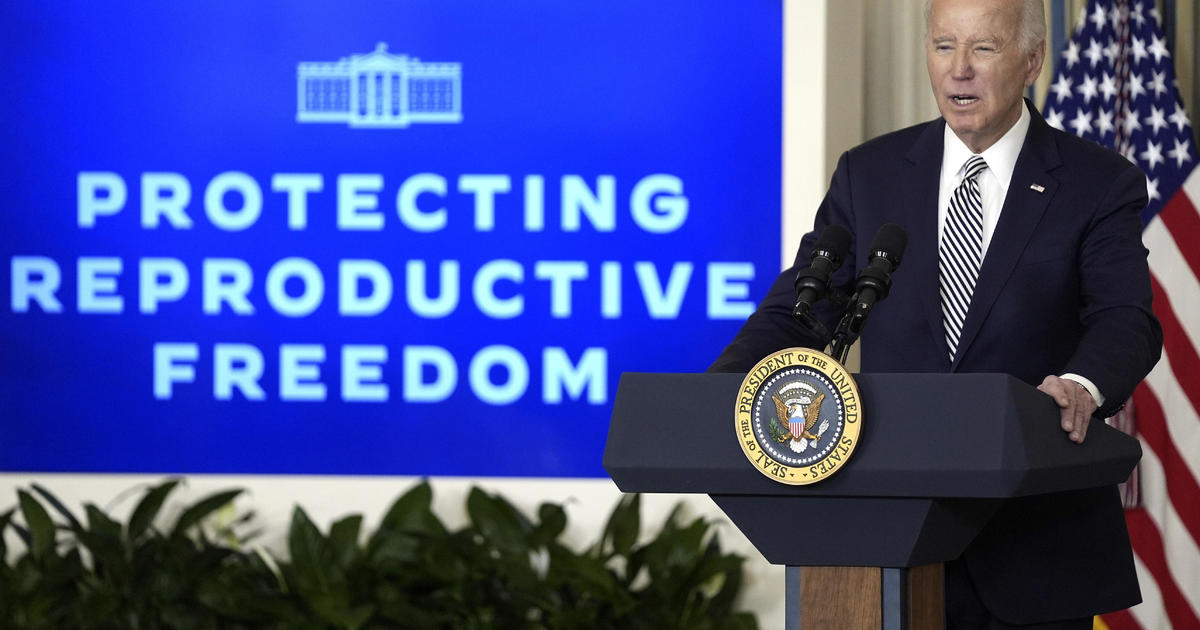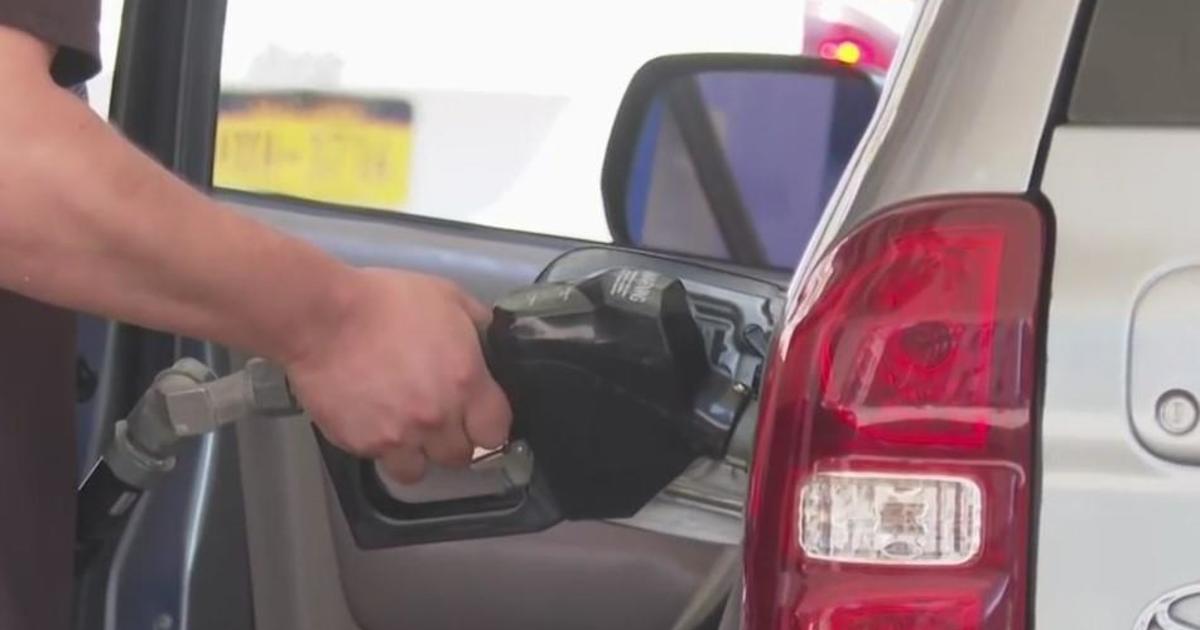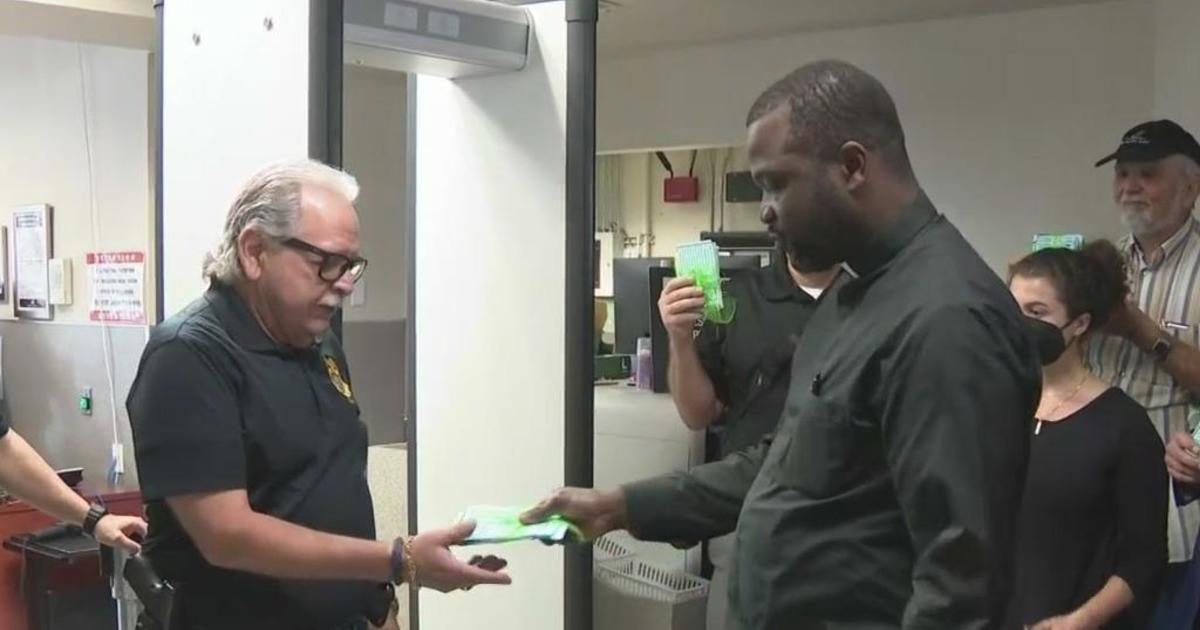Voting Rights Group Files Maps Friendly To Democrats
Follow CBSMIAMI.COM: Facebook | Twitter
TALLAHASSEE (CBSMiami/NSF) - A coalition of voting-rights groups has unveiled six possible maps for the Florida Senate's 40 districts, setting up a court battle that could boost Democrats' hopes of retaking a toehold in state government now dominated by Republicans.
The maps will be considered by Leon County Circuit Judge George Reynolds. He will decide among the plans submitted by the League of Women Voters of Florida and Common Cause Florida, the plaintiffs in a long-running legal fight, and a proposal floated earlier Wednesday by Senate leaders.
Reynolds' recommendation of a map, which will follow a hearing held December 14th through December 18th, will ultimately go to the Florida Supreme Court.
Whichever plan is selected will be used instead of the current map, crafted by lawmakers in 2012. The new proposals came after a legal settlement between the Senate and the voting-rights organizations. In the settlement, the Legislature conceded that the current districts were likely to be struck down for violating the anti-gerrymandering "Fair Districts" standards approved by voters in 2010.
Reynolds must select a map after a special redistricting session focused on the Senate lines collapsed this month without an agreement between the House and Senate on which map to approve.
Three of the plans submitted by the voting-rights groups on Wednesday would create a fourth seat in Miami-Dade County meant to elect a candidate preferred by Latinos; the other maps stick with the current three Hispanic seats in the county. Some South Florida lawmakers, including Sen. Miguel Diaz de la Portilla, have argued that the effort to draw four such seats in the county could actually weaken Hispanic voting strength too much in some of the districts.
Opponents have countered that proposals during the recent session that were purportedly meant to maintain Hispanic voting strength in Miami were actually a cover for separating incumbents who could be stuck together in some districts. A brief filed by the voting-rights groups with their maps suggests they have fixed that by producing the maps with three districts. Each of those plans "does not suffer from the ... infirmity of favoring a political party or incumbents," the organizations said.
But the new plaintiff-backed maps could change the state's political landscape in one key respect: All six could increase Democrats' odds of retaking the Senate for the first time since the 1990 elections. In all six of the maps, there are 19 or 20 districts that would have been carried by both Republican Gov. Rick Scott in his first run for re-election in 2010 and GOP presidential nominee Mitt Romney in 2012.
Meanwhile, the maps have 17 or 18 seats that went for former state Chief Financial Officer Alex Sink, the Democrat who opposed Scott in 2010, and President Barack Obama two years later. Anywhere from two to four seats swung between the two parties in the two elections, primarily voting for Republicans in the 2010 midterm elections, where GOP turnout is stronger, and for Democrats in 2012.
Earlier Wednesday, the Senate recommended to Reynolds a plan for the chamber's districts that was never voted on by either the House or Senate during the special session.
That proposal would essentially combine two "base maps" drawn by legislative aides in the run-up to the special session. Legislative leaders say that process insulated the base maps from political pressures that could have led to violations of the "Fair Districts" amendments.
According to a filing with Reynolds, the only difference between the new Senate plan and the base maps it combines is a "technical change" that "moved only 1,862 people" in South Florida.
The News Service of Florida's Brandon Larrabee



